

There are so many leaves around us that sometimes perhaps we forget to appreciate them. Those wonderful little energy transformers. The original solar panels. So many shapes and sizes and so much beauty, from the scale of shimmering forests to whole trees down to the little detail of their veins. This collection of photographs is an appreciation of leaf aesthetics from our garden in Petchaburi, Thailand, all taken over the last few days.
The unusual shape of one of our frangipani trees compared to the normal shape of another
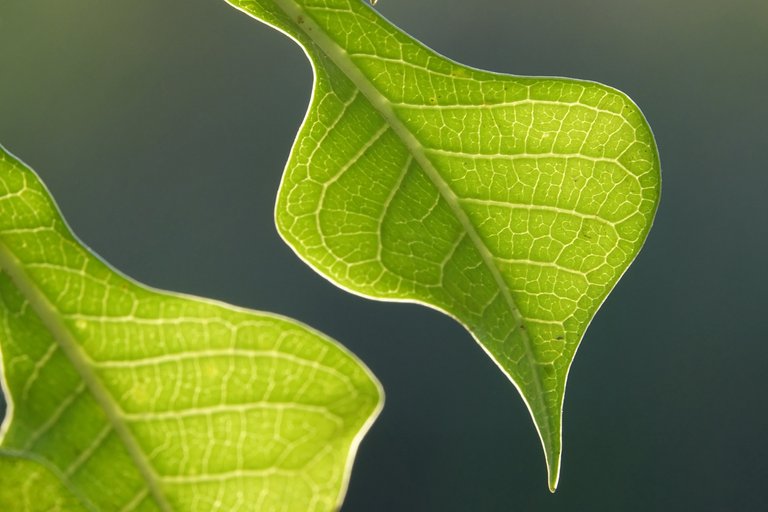
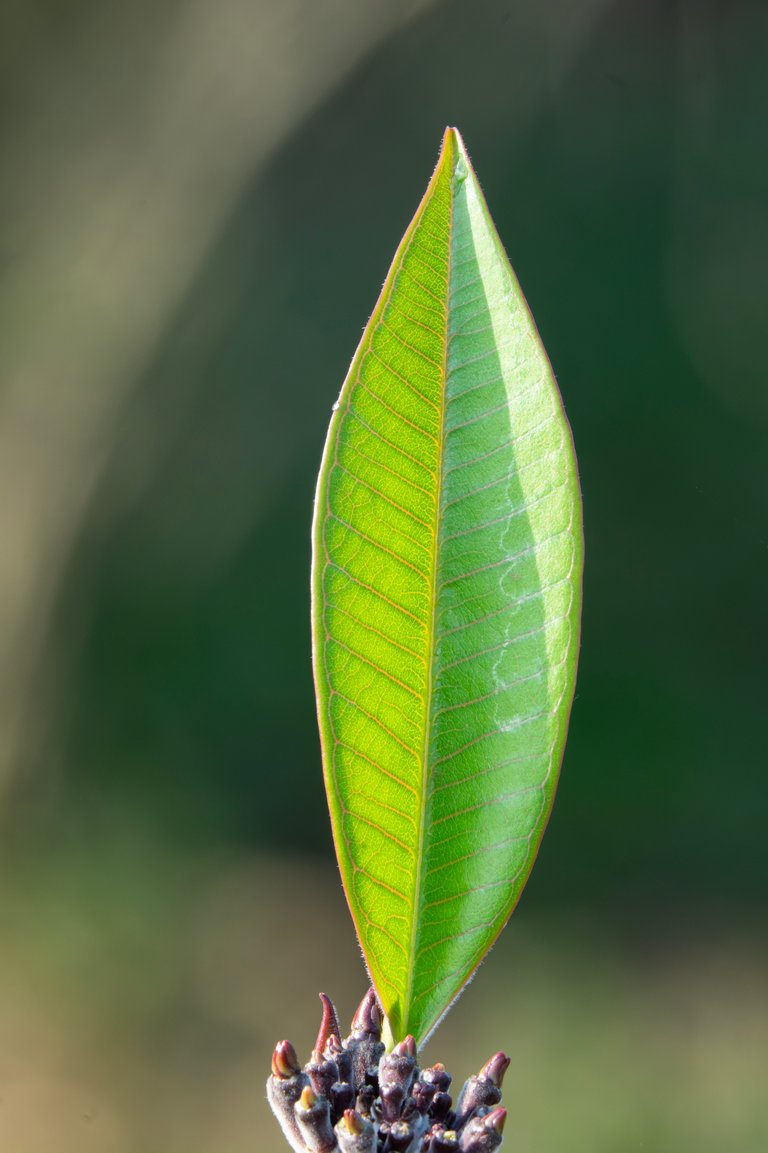
We are currently in the dry season so a lot of leaves have withered and fallen but many plants are somehow finding enough water to push out some replacements like this bush that produces purple fruits that I only know by the Thai name of manow hae. Most of plants here I know but others are opportunistic local species reclaiming their land or maybe in some cases imported species enjoying their new world.
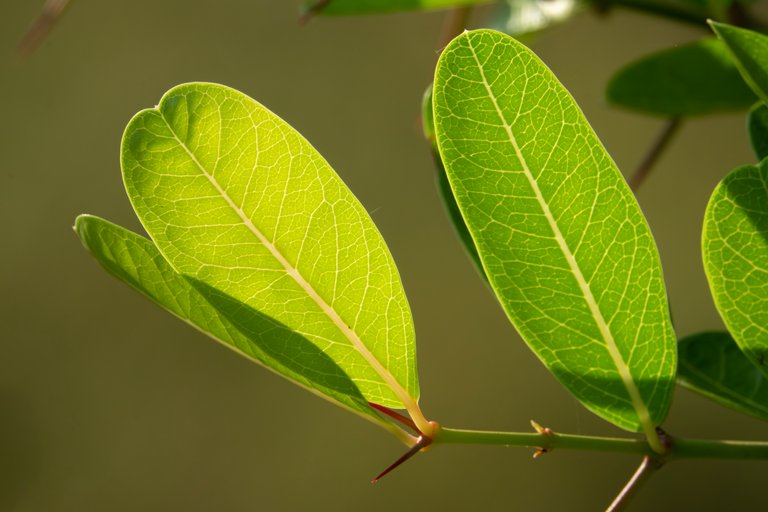
My favourite way to look at leaves is backlit by the sun as with these of our gooseberry tree. Ranked so neatly with those overlapping shadows makes me think of the heads of social insects like ants or wasps. The sour fruit this tree produces does have a bit of a sharp sting to it!

Some mango trees produce fresh new leaves that start off with the colour of autumn before turning green. A full burst of new growth like this is a beautiful sight.

We have one ornamental silver palm tree with enormous leaves more than two metres long that look perfect against a bright blue sky.

The equally large leaves of sugarpalms dominate the landscape around here. We have three mature ones on our land and I always jump when I hear the crash of an old leaf falling to ground.
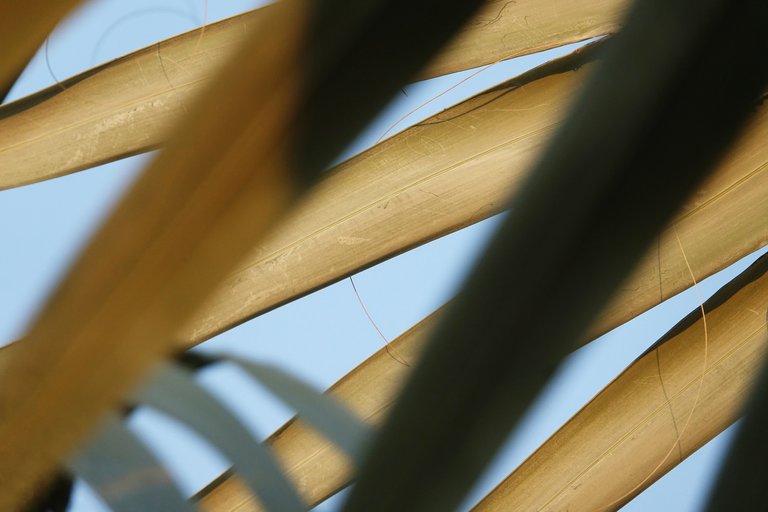
Santol leaves seem to take quite a battering, always with spots and lesions and insect damage, except when they first emerge unblemished.
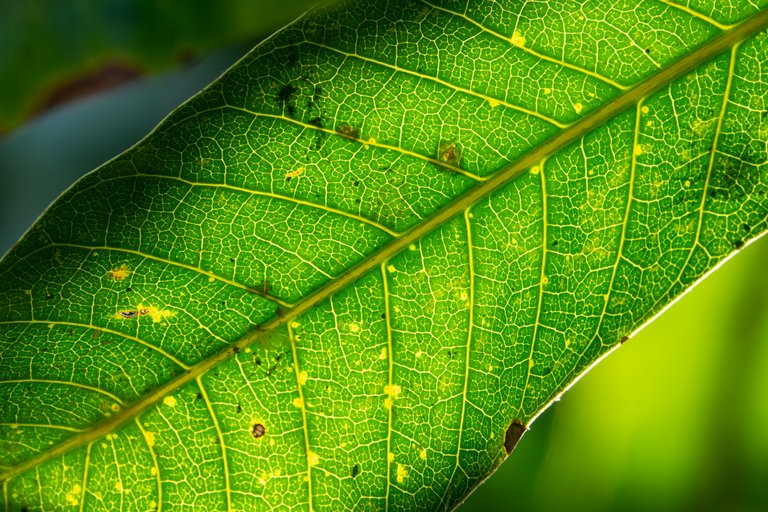
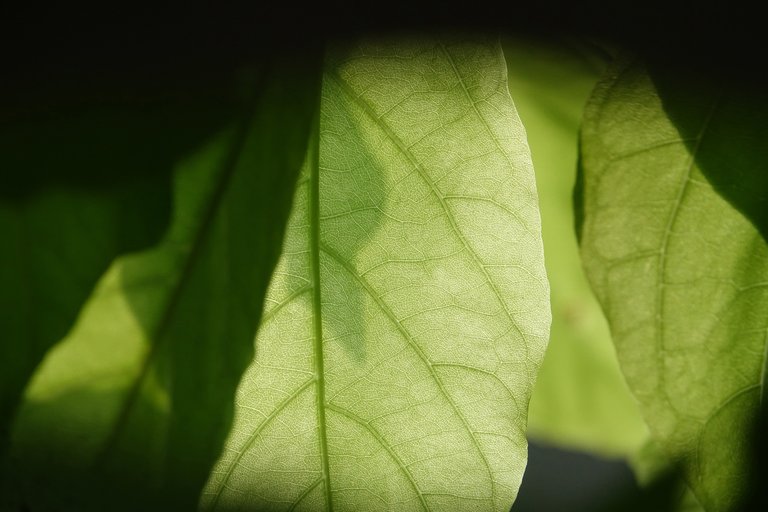
But there is another local tree called Dton Sakae that has no obvious reason to grow except from being a tree that insects absolutely love. This includes the sap from any bark damage but particularly the leaves that are regularly chewed until little remains. More insects means more life in general so I love this tree.
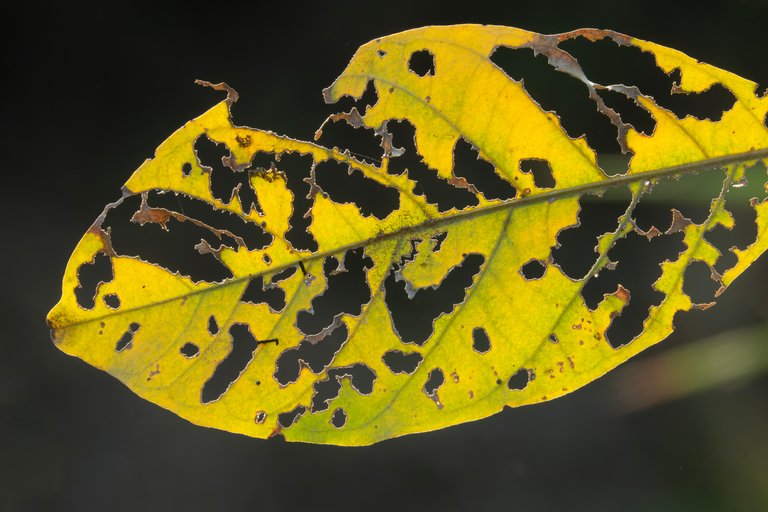
This is the dry season but we still manage to get a little bit of dew in the morning but it doesn't last long is getting less and less each day.

The dew doesn't collect on the thicker blades of reedmace but they produce some lovely stripe patterns.

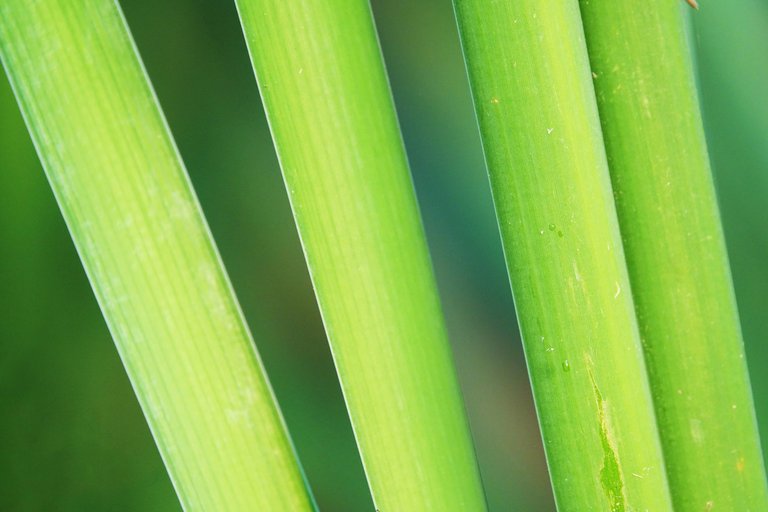
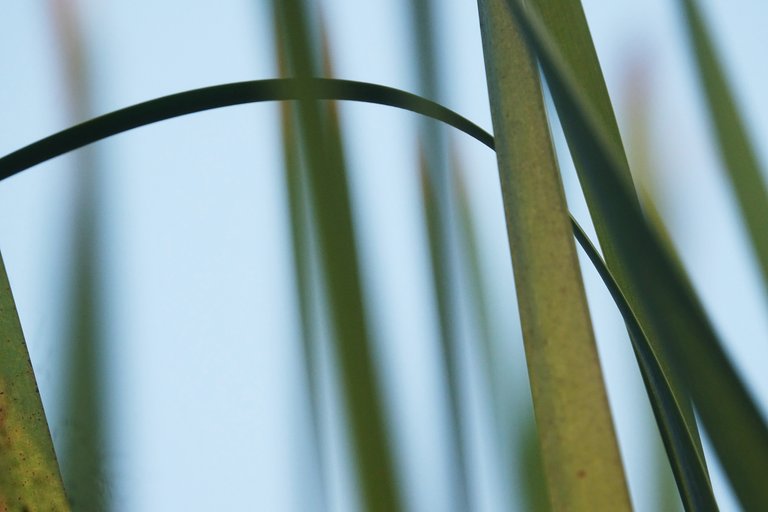
Our pink shower tree, Cassia bakeriana, is about to bloom but in the meantime its new leaves are very attractive in both shape and colour.
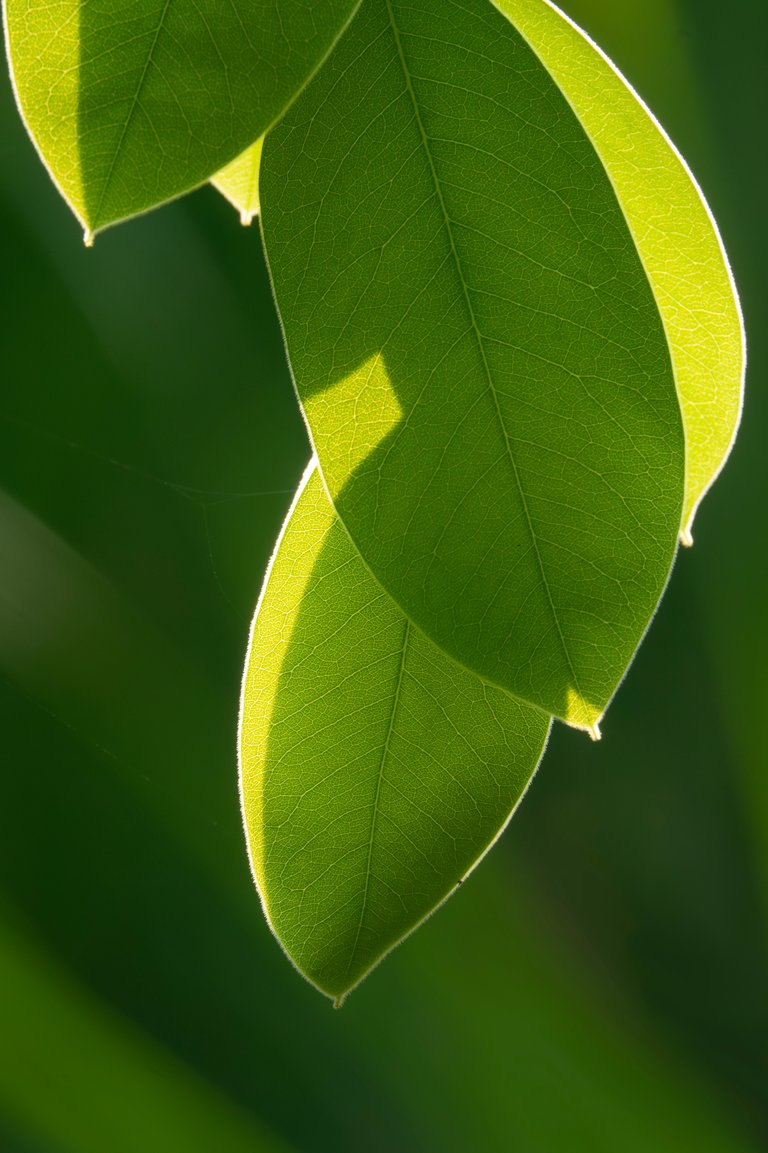
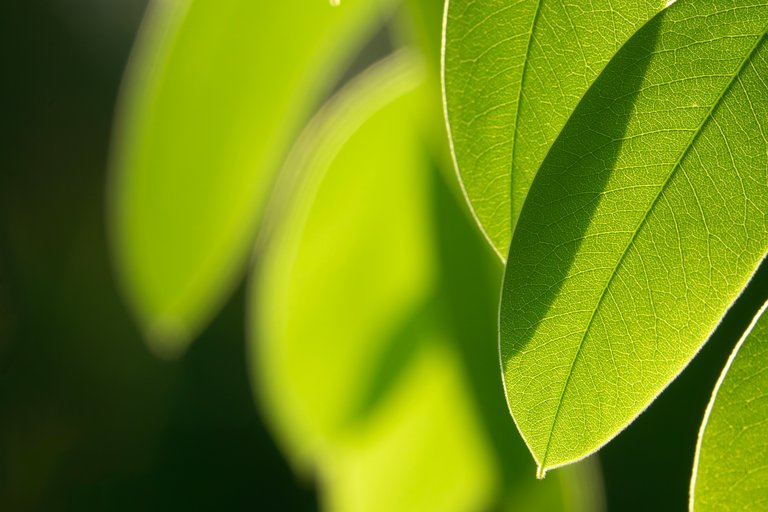
We have a lot of this climbing vine that manages to sprout however hot and dry the weather.
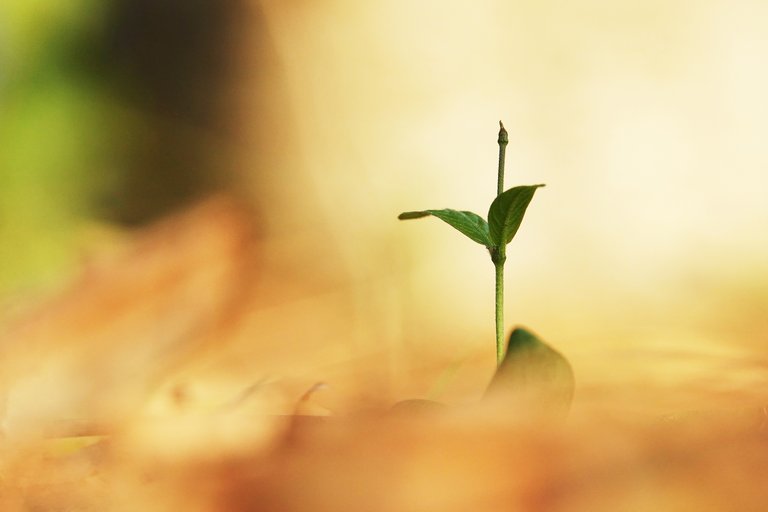
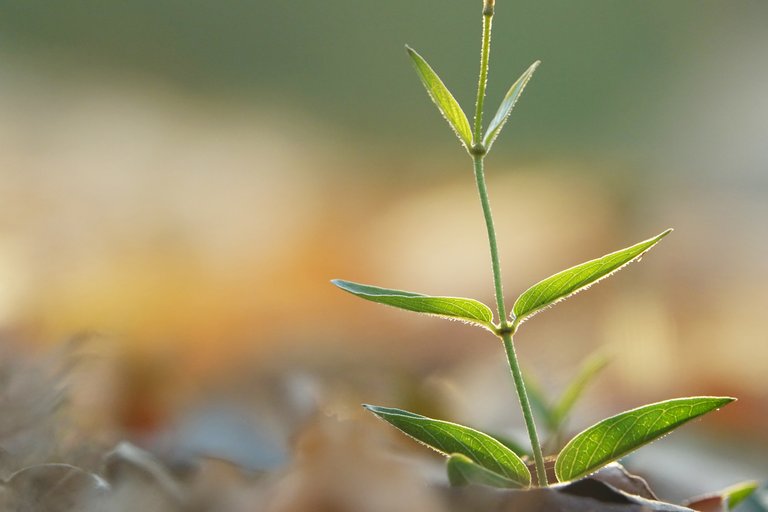
This is the same plant, a bit older and half way up some other plant.
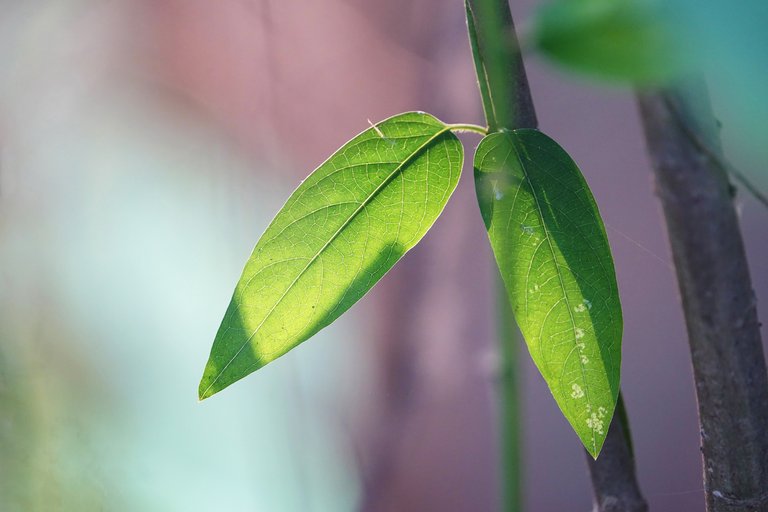
Finally, the tamarind. One of many people's favourites for its lovely leaves on a lovely tree that produces lovely fruit.


